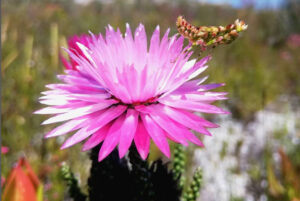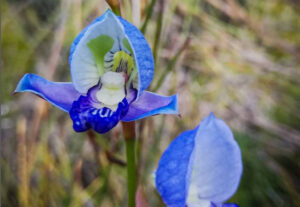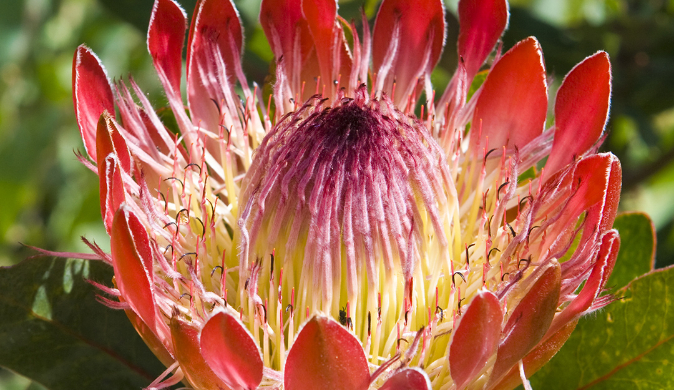Meadowscaping, the art of creating wild and picturesque meadow-like landscapes using an array of flowers and grasses, isn’t just about aesthetics. This horticultural trend brings a plethora of ecological advantages, and it’s gaining traction throughout the world. By transforming your yard into a flourishing meadow or local plants, you not only invite the delightful presence of birds, butterflies, and bees, but you also play a role in mitigating your carbon footprint. Furthermore, this eco-friendly approach diminishes stormwater runoff, preventing it from streaming into local lakes and streams.
One of the most compelling facets of meadowscaping is its minimalistic upkeep demands. Unlike traditional lawns that necessitate regular mowing and maintenance, once a meadow is established, it requires remarkably little intervention. The allure of these benefits has not escaped the attention of gardening enthusiasts. Alette Nienaber, the co-owner of Lucious Nursery, notes that meadowscaping has certainly captured people’s interest and she credits this to the wider embrace of indigenous plants in general.
These indigenous plants offer a distinctive charm to landscapes, gradually shaping people’s preferences. However, embarking on a meadowscaping journey requires careful consideration. One pivotal decision is choosing between sowing seeds or using established plants. While seeds are cost-effective, they demand more time to mature. Nienaber explains, “A small bag of seed covers a huge area for very little cost, compared to several thousand rands for plants, covering the same space.” That said, sowing seeds entails a waiting period of approximately three years for them to take root, and using pregrown plants yields quicker results.
Select suitable plants

Selecting species that align with your objectives and suit your yard’s characteristics is another crucial step. Both Brewer and Weisenhorn emphasize the importance of using indigenous plants.
These indigenous varieties demonstrate enhanced resilience against extreme weather and the fluctuations of climate change. Moreover, they are superior in supporting vital pollinators, like bees. The advice here is to steer clear of generic “meadows in a can” products that often contain non-indigenous species, as well as cultivars that lack the same pollinator-friendly qualities as indigenous. With a wide array of indigenous seed mixes and plants available, matching your site’s conditions becomes simpler; local indigenous plant growers can offer valuable insights.
Preparing the site before planting your meadow involves tasks such as removing existing turf, stifling weed growth, and possibly tilling the soil.
Although meadows require some initial maintenance, especially in the startup years, the long-term benefits are well worth it. Until your meadow establishes itself, effective weed management is crucial. For meadows grown from seeds, periodic mowing curtails weed proliferation. For planted meadows, manual weeding and mulching are necessary until the plants fill out. Once the meadow is established, it demands minimal attention. Springtime calls for a simple task of clearing away dead vegetation, a far cry from the routine mowing that lawns demand.
If transforming your entire lawn feels overwhelming, you can begin small. Nienaber suggests starting with a modest section of your yard. This approach is not only more cost-effective but also enables you to learn from the experience before committing to a complete transformation.
Choose a smaller area

Meadowscaping can thrive in challenging areas where conventional lawns struggle, like steep slopes or damp patches. The strip between sidewalks and roads is another prime location for a picturesque mini meadow. Additionally, reimagining borders by incorporating meadowscaping can redefine your property’s visual appeal.
While your enthusiasm for meadowscaping might be boundless, your neighbours’ reactions might be mixed. To maintain harmony, effective communication is paramount. Inform your neighbours about your intentions, and consider using informative signs to dispel misconceptions. A temporary “Meadow in Progress” sign during the initial years can later be replaced with a permanent metal sign designating your yard as an indigenous wildflower meadow. Fencing can also help articulate the intentionality of your landscaping.
In conclusion, meadowscaping is an evolving movement gaining momentum across the United Kingdom. Don’t hesitate to explore this unique approach, and who knows, your neighbours might soon join you in embracing the wild beauty of meadowscaping.


